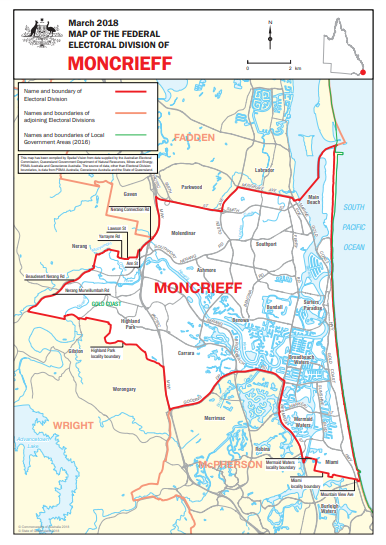|
|
|
|
| Adam Carr's Election Archive
|
Australian federal election, 2022
Division of Moncrieff, Queensland
Named for: Gladys Moncrieff (1892-1976), opera singer
Gold Coast: Benowa, Mermaid Beach, Nerang, Southport, Surfers Paradise
State seats: All of
Southport, parts of
Bonney,
Gaven,
Mermaid Beach and
Surfers Paradise
Local government areas: Parts of
Gold Coast
Borders with:
Fadden,
McPherson and
Wright
Enrolment at 2019 election: 111,340
Enrolment at 2022 election: 122,636 (+10.2)
1999 republic referendum: No 61.0
2018 same-sex marriage survey: Yes 63.8
Sitting member: Angie Bell (Liberal):
Elected 2019
2007 Liberal majority over Labor: 14.0%
2010 Liberal majority over Labor: 17.5%
2013 Liberal majority over Labor: 18.0%
2016 Liberal majority over Labor: 14.5%
2019 Liberal majority over Labor: 15.4%
Liberal two-party vote 1983-2019
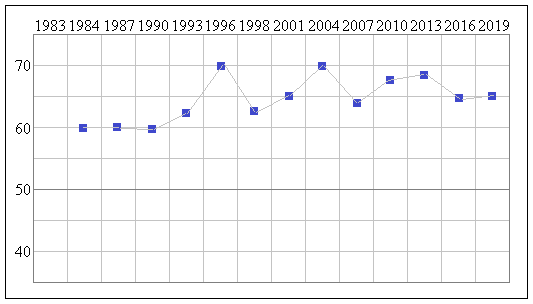
Status: Safe Liberal
Best Liberal booths, two-party vote: Main Beach (74.9), Isle of Capri (73.8), Mermaid Waters PPVC (72.9),
Broadbeach Waters (72.6), Merrimac (71.5)
Best Labor booths, two-party vote: Southport North (52.8), Nerang (49.2), Nerang West (46.1), Worongary (45.7),
Southport Central (45.1)
2019 results
Statistics and history
Candidates in ballot-paper order:
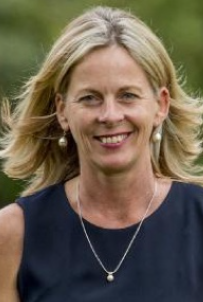 |
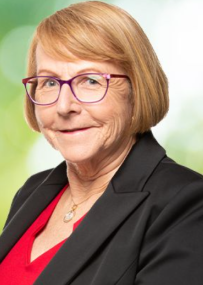 |
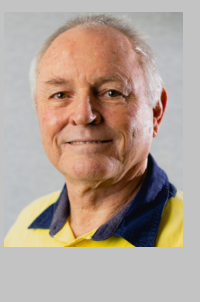 |
 |
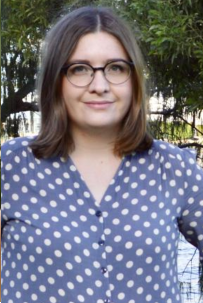 |
1. Angie Bell
Liberal Party |
2. Leeanne Schultz
Pauline Hanson's One Nation |
3. James Tayler
Australian Federation Party |
4. Sonia Berry-Law
Animal Justice Party |
5. April Broadbent
Australian Greens |
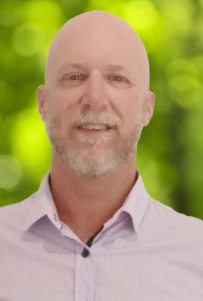 |
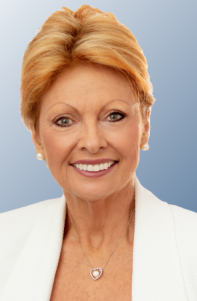 |
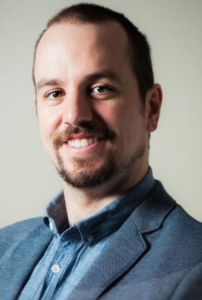 |
 |
6. Glen Palmer
Australian Labor Party |
7. Diane Demetre
Liberal Democrats |
8. Timothy Cudmore
Informed Medical Options |
9. Diane Happ
United Australia Party |
Candidate websites:
Angie Bell
onia Berry-Law
April Broadbent
Timothy Cudmore
Diane Demetre
Glen Palmer
Leeanne Schultz
James Tayler
Division of Moncrieff
Moncrieff was created in 1984, occupying the northern half of the Gold Coast tourism and retirement
strip, centering on Surfers Paradise and Southport. Subsequent redistributions have moved the seat
further to the south, without much changing its demographic or political character. It has a high level
of people over 65, and the highest level of people employed in tourism of any seat. This means it is
definitely not a mortgage belt seat. It has a very low proportion of families with dependent children
and of dwellings being purchased, and 35% of its residents are flat-dwellers. Like the rest of the Gold
Coast, Moncrieff is fairly safe for the federal Liberal Party, although Labor has won state seats on the
Gold Coast in recent years.
Moncrieff's first member,
Kathy Sullivan, was elected to the Senate in 1974 and shifted to the House in
1984. She was a parliamentary secretary in the Howard Government, and by her retirement in 2001 she was
the longest-serving female member in the history of the Parliament, although she later lost that
title to
Bronwyn Bishop.
Steven Ciobo, whon won Moncrieff in 2001, was on the opposition frontbench from 2007 and was a parliamentary
secretary from 2013. He was Minister for Trade and Investment in the Turnbull ministry. He supported
Peter Dutton in
the Liberal leadership ballots in August 2018, and was then demoted to Minister for Defence Industry in
Scott Morrison's ministry. In March 2022 he announced that he would not stand again, leaving politics aged only 44.
Angie Bell, Liberal MP for Moncrieff since 2019, was a professional musician, marketting professional and
author before her election. She is the first openly lesbian member elected from the conservative side of
politics. The Labor candidate is Glen Palmer, a counsellor for victims of violent crime. The Greens candidate is April Broadbent, a teacher and former Field Office Coordinator with the Australian
Conservation Foundation.
Demographics:
Median weekly household income: $1,254 (Australia $1,438)
People over 65: 18.5% (Australia 15.8%)
Australian born: 59.5% (Australia 66.7%)
Non-English-speaking households: 18.8% (Australia 22.2%)
Catholics 21.3% (Australia 22.6%)
No religion 31.6% (Australia 29.6%)
University graduates: 19.0% (Australia 22.0%)
Professional and managerial employment: 31.4% (Australia 35.2%)
Employed in manufacturing and construction: 23.0% (Australia 22.9%)
Employed in agriculture: % (Australia 3.3%)
Paying a mortgage: 27.8% (Australia 34.5%)
Renting: 41.4% (Australia 30.9%)
Traditional families: 22.6% (Australia 32.8%)
Back to main page
|
|

